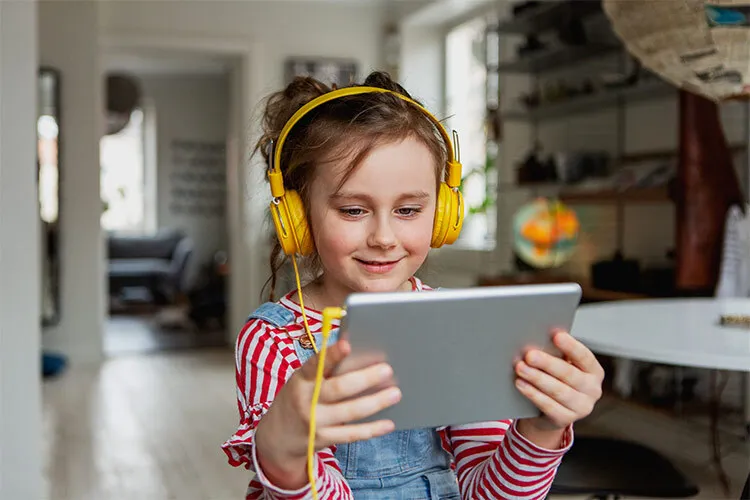The psychology journal Nature Human Behaviour recently published a review of studies on the influence of mobile devices on children’s lives. It concludes that negative effects are minimal when accompanied by adults and used moderately with specific goals for child development.
This work synthesizes findings from 2,451 studies involving nearly two million individuals under 18.
“Today, the same arguments once used against reading, schooling, and radio are now applied to screen use in televisions, mobile phones, and computers,” states the introduction of the study A Comprehensive Review of the Benefits and Risks Associated with Youth Interaction with Electronic Screens, released on November 13.
Cell Phone Use in Children
In recent years, especially since the social confinement due to the pandemic, research has sought to understand the effects of screens on minors.
Taren Sanders, a researcher at the University of Australia and the lead author of the new umbrella research explains that the conclusions “should put parents at ease.”
Sanders notes that, as with television, increased screen exposure affects reading and writing skills. However, educational TV programs or those viewed with a parent positively impact literacy and language skills.
Moderate Risks
Commenting on the recently published study in Nature Human Behaviour, José César Perales, a psychology professor at the University of Granada, explains that the final results align with higher-quality previous research and challenge more dubious quality studies.
“The main conclusion is that the risks of screen use are generally quantitatively small or moderate on average and, above all, very heterogeneous,” warns Perales.
He explains that screen time risks involve “moderating variables,” such as supervision, age, gender, and specific digital activities.
“The study highlights that alarmism about screen use is currently unfounded with the evidence at hand and is more of an ideological than a scientific issue,” adds Perales.
Regarding the proper use of mobile devices, the American Academy of Ophthalmology recommends maintaining a screen distance of more than 30 centimeters. They also advise spending at least 1 hour a day in the sun to increase vitamin D levels that preserve retinal visual functions.
This, combined with using the 20-20-20 technique to rest the eyes – taking a break from screens every 20 minutes to focus on an object 20 feet (6 meters) away for 20 seconds.
Precautions and Further Studies
Regarding measures to reduce negative screen risks, Marta Ferrero, a professor in Education at the Autonomous University of Madrid, explains that more studies with diverse population samples and specific technological tools (such as augmented reality) are needed to provide accurate information about the implications of screens in educational practices and health.
“I believe the main novelty of the umbrella study is its call for prudence amid the drastic messages being disseminated in various media and social networks,” comments Ferrero.


















